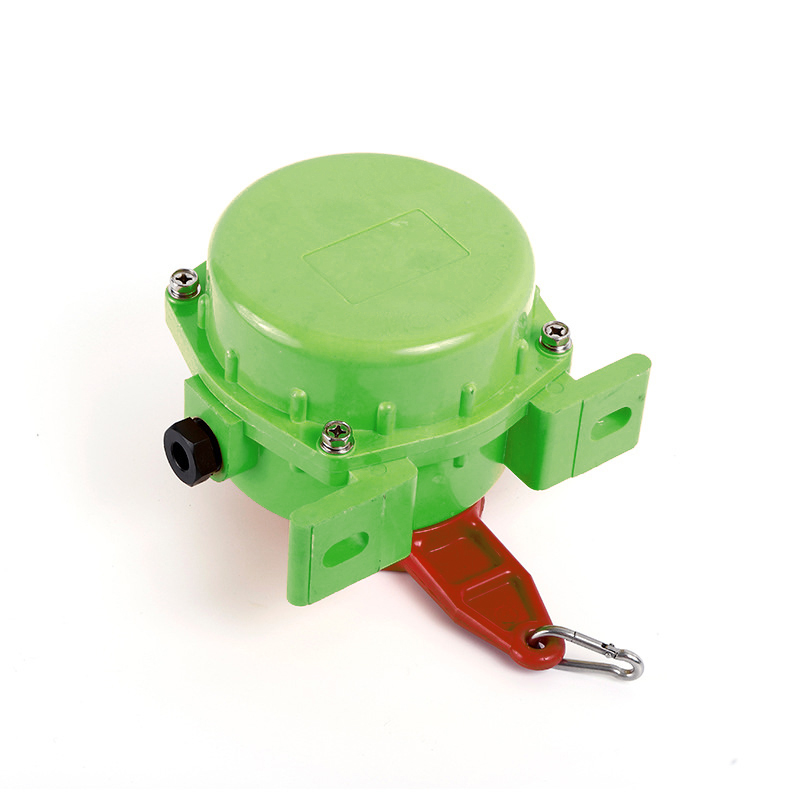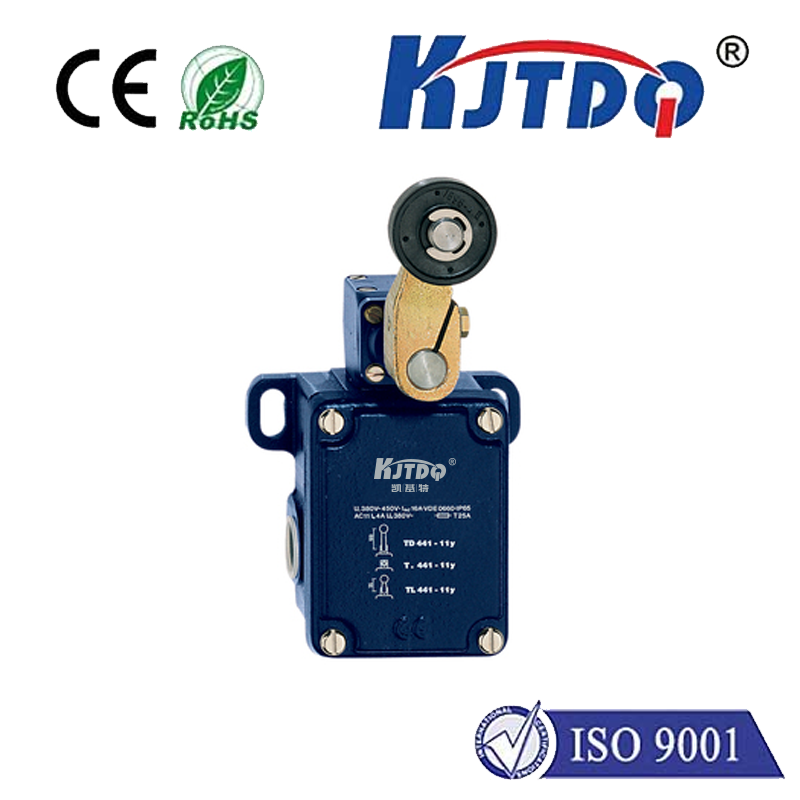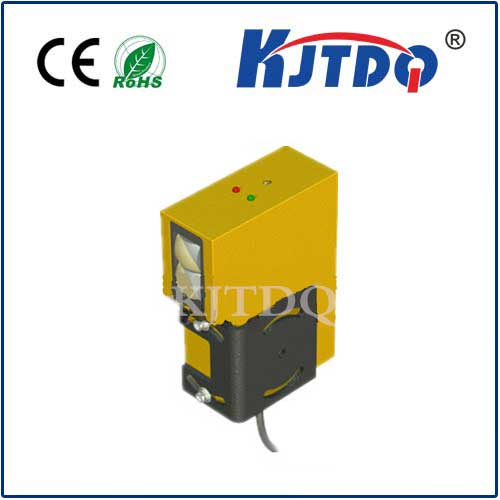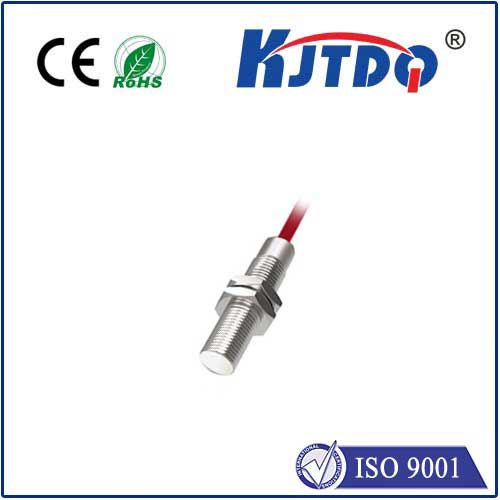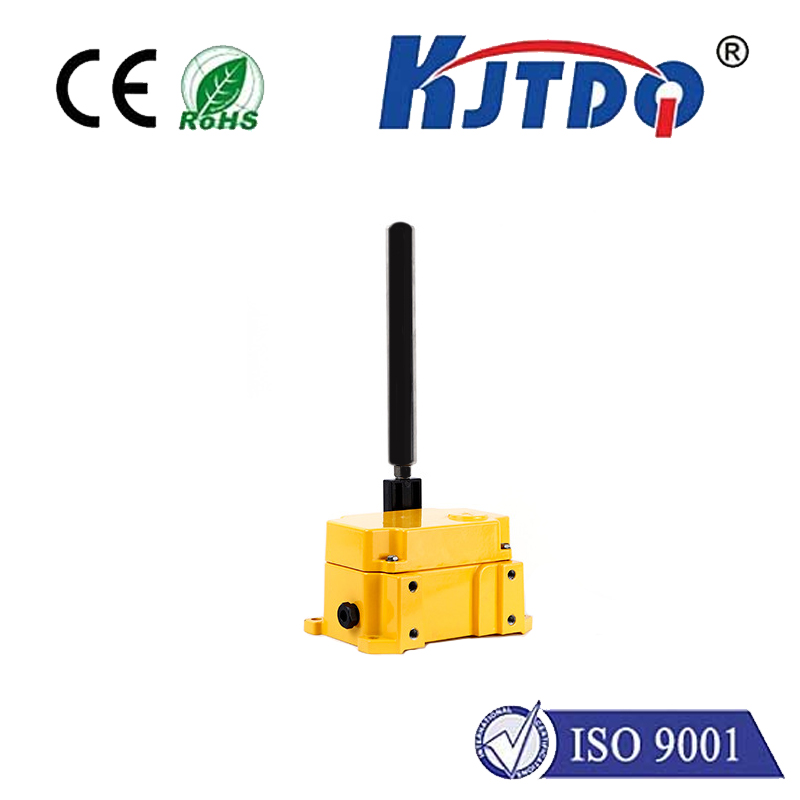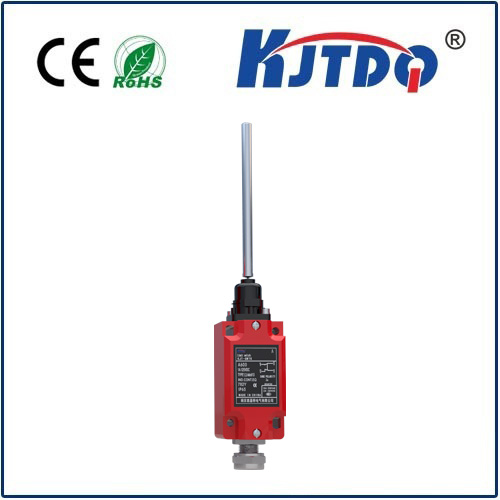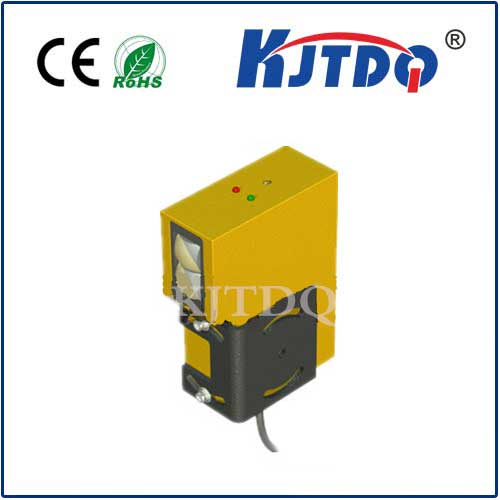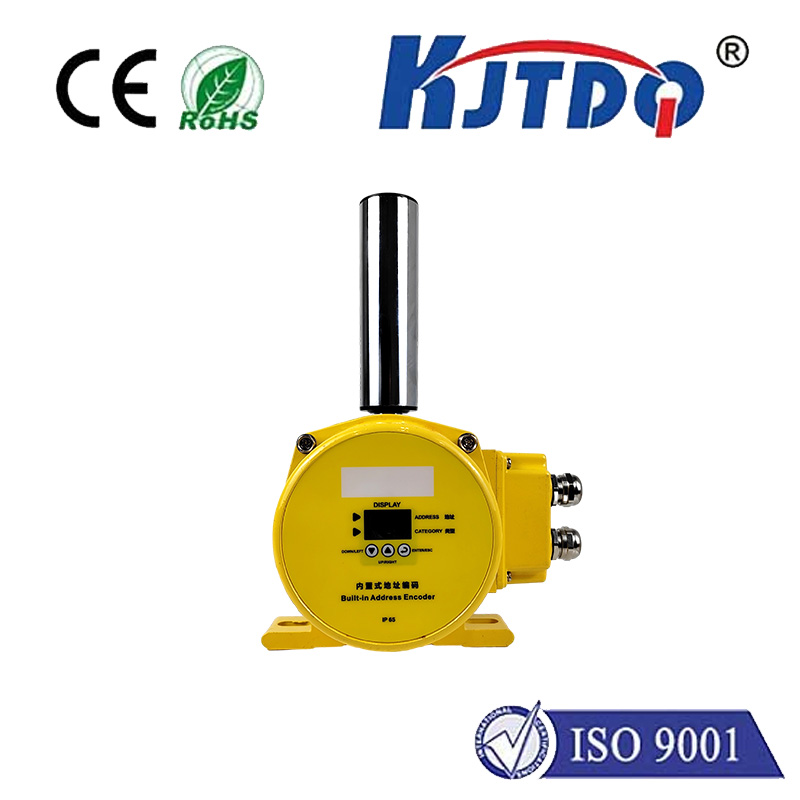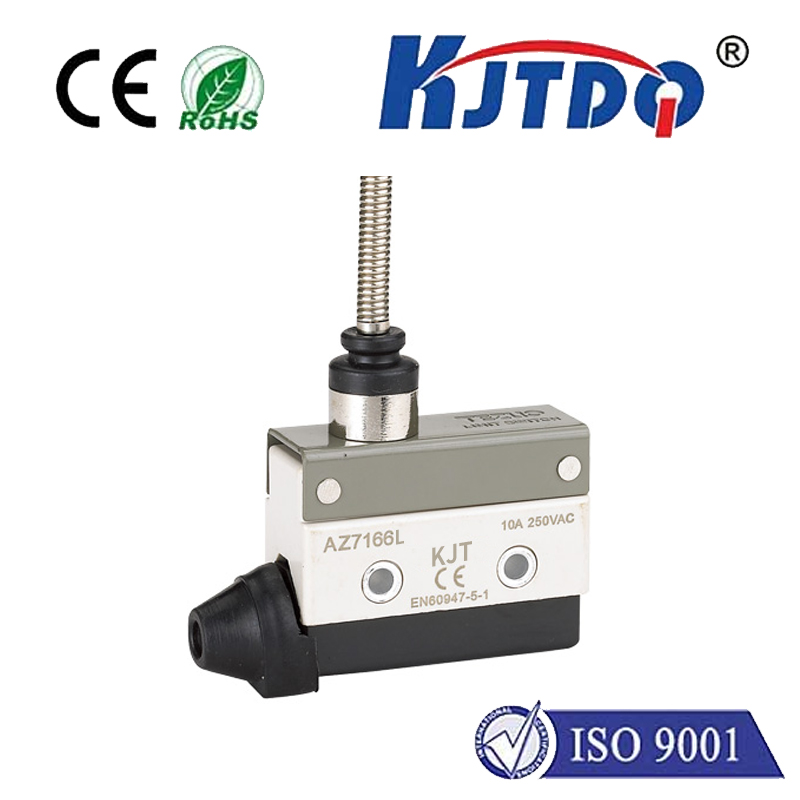ограничительный выключатель рычага
- time:2025-08-06 12:58:50
- Нажмите:0
Paddle Limit Switches: The Unsung Guardians of Industrial Automation
Imagine a bustling factory floor. Conveyor belts snake endlessly, carrying products through various stages of production. Massive machinery hums, performing precise operations. Now, imagine the chaos if a conveyor jammed, products piled up uncontrollably, or machinery tried to operate beyond its designed limits. Potential damage, costly downtime, and even safety hazards loom. This is where the often-overlooked ограничительный выключатель рычага steps onto the stage, acting as a critical sentinel ensuring smooth, safe, and efficient operations. Far more than just a simple switch, it’s a fundamental component safeguarding processes across countless industries.
What is a Paddle Limit Switch?
At its core, a paddle limit switch is a type of position detection device, specifically categorized under mechanical limit switches. Its defining feature is a physical lever or armature – the paddle – that extends into the monitored area. This paddle is mechanically linked to an internal switching mechanism (usually snap-action switches, either mechanical or proximity-based). When an object, product, or material makes contact with the paddle, it deflects or rotates it. This physical movement directly actuates the internal switch, changing its electrical state (e.g., opening or closing an electrical circuit).
The principle is elegantly simple: physical contact triggers an electrical signal. This signal becomes invaluable data for control systems – programmable logic controllers (PLCs), motor starters, alarms, or indicator lights – allowing them to react instantly to predefined conditions.
How They Work: Simplicity Meets Reliability

The operation hinges on the paddle’s interaction with the target object:
- Standby State: The paddle remains in its neutral position, typically spring-loaded to return to this state.
- Contact: An object traversing the switch’s detection path collides with the paddle.
- Deflection: The force of the object overcomes the paddle’s spring resistance, causing it to pivot or swing.
- Actuation: This movement directly engages the internal switching mechanism.
- Signal Change: The switch changes state – a contact may open (Normally Closed) or close (Normally Open) – sending a distinct signal to the control system.
- Reset: Once the object passes and the force is removed, the spring returns the paddle to its neutral position, resetting the switch for the next detection event. This resettability is key to continuous operation.
Where Paddle Limit Switches Shine: Key Applications
Their robust design and direct contact principle make paddle limit switches ideal for diverse industrial scenarios:
- Conveyor Systems: The classic application. Mounted strategically, they detect over/under travel at the ends of conveyors, preventing belts from running off track or motors from straining. Crucially, they detect product jams or accumulation. If a blockage prevents the paddle from resetting, a constant signal alerts the system to stop the conveyor immediately, preventing damage to products, belts, or motors.
- Material Handling & Packaging: They act as presence detectors to confirm the arrival of a carton, pallet, or item at a specific workstation or before initiating a packaging sequence. They also ensure part positioning accuracy.
- Hopper & Bin Level Monitoring: Mounted at strategic heights inside hoppers or bins, paddle switches detect when material reaches an overfill level or drops below a critical low level, triggering automated refill processes or preventing dangerous overflows. Their suitability for bulk materials detection is significant.
- Machinery Travel Limiting: They provide cost-effective end-of-travel limits for moving machine components like cranes, lifts, or automated arms, ensuring they stop safely within their designated range. Door/Guard Monitoring for safety interlocks is another vital function.
- Sorting & Diverting Systems: They serve as the initial trigger indicating an item has reached a divert point, signaling diverters to activate and route the product correctly.
The Paddle Advantage: Why Choose This Classic Sensor?
In an era of advanced optical and proximity sensors, paddle limit switches maintain a strong foothold due to several inherent advantages:
- Simplicity & Reliability: Fewer components mean fewer failure points. The direct mechanical action provides consistent performance.
- Cost-Effectiveness: Generally more affordable than many non-contact sensor alternatives, especially for basic detection needs.
- Robustness: Designed to withstand harsh industrial environments – dust, dirt, moisture, temperature variations, and moderate physical impacts are less likely to impair their function compared to delicate optical sensors. They offer excellent environmental resilience.
- High Signal Integrity: Direct physical contact provides a clear, unambiguous signal. There’s minimal risk of false triggering from ambient light, dust clouds (unlike photoelectric sensors), or electrical noise affecting nearby electronics (unlike some proximity switches).
- Visibility & Feedback: The paddle’s position provides immediate, visual feedback about the switch’s state, aiding troubleshooting.
- Handling Diverse Materials: Effectively detects objects regardless of color, surface finish (shiny, dull), or material transparency – challenges that often plague optical sensors. Whether it’s a cardboard box, a metal part, a plastic bottle, or grain, the paddle switch reliably makes contact.
Important Considerations for Effective Use
To maximize the performance and lifespan of a paddle limit switch:
- Mounting: Position is critical. Ensure the paddle is oriented correctly to make reliable contact with the moving object or material without causing excessive deflection or strain. Protection from excessive side loads might be needed.
- Paddle Selection: Paddles come in various lengths, materials (stainless steel, plastic), and widths to suit different applications and impact forces. Choose appropriately.
- Operating Force & Travel: Select a switch with suitable operating force (the force needed to activate) and over-travel capability to handle the expected impact without damage.
- Environmental Protection: Choose switches with adequate Ingress Protection (IP) ratings for the operating environment (e.g., IP65, IP67 for dust and water resistance).
- Maintenance: While rugged, periodic inspection for paddle damage, excessive wear, buildup of debris preventing movement, and proper spring action is recommended as part of routine maintenance schedules.
Conclusion: An Enduring Workhorse
While newer sensing technologies offer sophisticated features for specific challenges, the paddle limit switch remains an indispensable workhorse in industrial automation. Its unparalleled blend of simplicity, reliability, robustness, and cost-effectiveness in detecting physical presence, travel limits, jams, and levels ensures it continues to be a fundamental component for safeguarding equipment, ensuring process efficiency, and enhancing overall operational safety. From preventing catastrophic conveyor damage to ensuring bins don’t overflow, the humble paddle limit switch quietly performs its vital sentry duty, proving that sometimes, the most effective solution is also the most elegantly straightforward.







